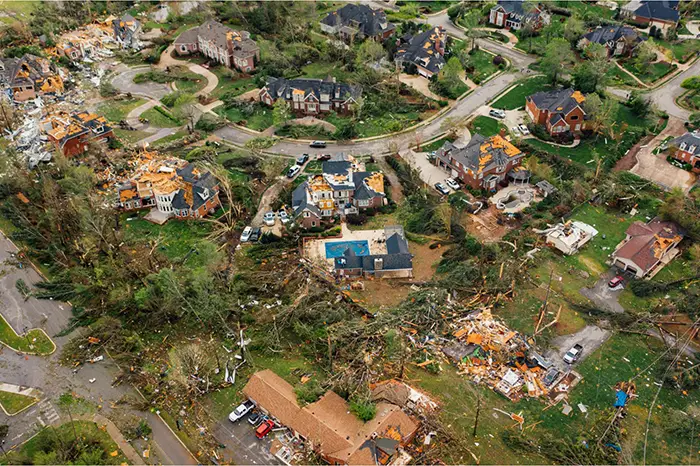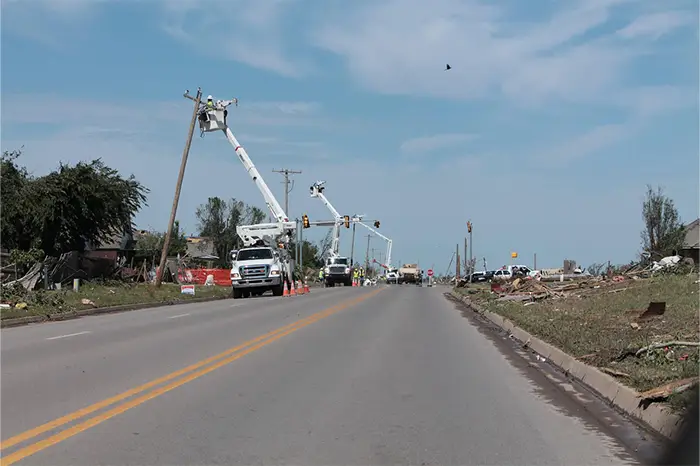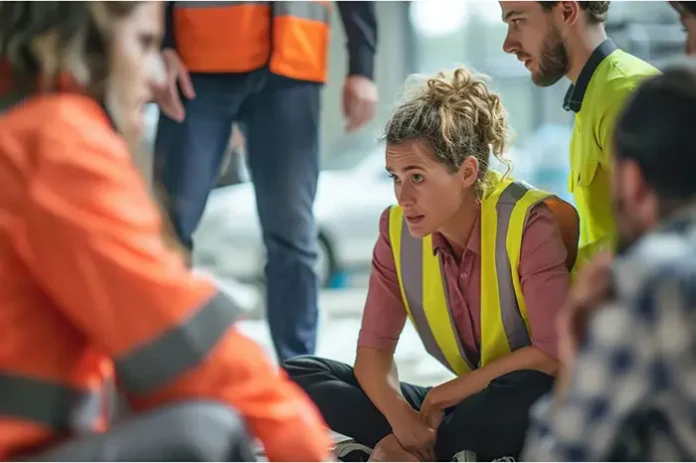In the face of crisis, communities are often tested in ways they never anticipated. Whether it’s a natural disaster, public health emergency, or economic collapse, the resilience of a community lies not in the strength of its infrastructure but in the strength of its people. The road to recovery may be long and winding, but it begins with connection, compassion, and coordinated action.
The Power of Community in Crisis
When disaster strikes, it is often neighbors, not first responders, who are the first on the scene. From offering shelter to sharing resources, communities instinctively rally together. In times of collective hardship, the lines between strangers blur. People open their homes, deliver food to those in need, and check in on the most vulnerable.
This solidarity becomes a vital lifeline. Local networks help bridge the gap before larger organizations can mobilize. Whether formal or informal, these acts of community care lay the foundation for broader recovery efforts. They remind us that community isn’t just a geographic location; it’s a shared identity built on mutual support.
Navigating the Immediate Aftermath

The initial aftermath of a crisis is often marked by confusion, fear, and overwhelming need. It’s during this time that coordination between individuals, organizations, and governments becomes essential. Emergency services work tirelessly, but they cannot do it alone. Community centers, religious organizations, and volunteers all play a role in stabilizing the situation.
In this phase, communication is key. Clear information about where to find help, who to contact, and how to stay safe can make all the difference. Social media, local radio, and community leaders become crucial in ensuring messages reach everyone, especially those without reliable access to traditional news sources.
The Emotional Toll and Mental Health
Crises don’t just damage buildings; they also leave deep emotional scars. The trauma of loss, uncertainty, and disruption can linger long after the visible signs of disaster have faded. For individuals, especially children, the mental health effects of a crisis can be profound.
Community-based recovery must therefore include emotional and psychological support. Counseling services, support groups, and community events help restore a sense of normalcy. Simply coming together, whether for shared meals, memorial services, or art projects, can begin the healing process. Recovery isn’t only about rebuilding structures but also restoring spirits.
Rebuilding with Purpose

As the dust begins to settle, the long-term work of rebuilding begins. This is a chance not just to return to how things were but to create something stronger and more equitable. Recovery efforts that include input from the entire community, especially those most affected, tend to be more successful and sustainable.
Infrastructure can be rebuilt to better withstand future crises. Social services can be expanded to close the gaps that were exposed. Most importantly, the lessons learned during a crisis can become blueprints for future preparedness.
One shining example of coordinated, compassionate recovery work is the American Red Cross’s disaster relief efforts. Their work spans emergency shelter, food distribution, and emotional support, offering communities a comprehensive hand when they need it most.
Read More: Green Zone
Hope on the Horizon
Though every crisis is unique, the journey through it shares common threads: chaos, community, and, eventually, recovery. The road may be long, but it is not one we walk alone. The strength of a community is measured not in its avoidance of hardship but in how it shows up for one another when times are hard.
Through shared struggle comes shared growth. And with every story of resilience, we’re reminded that even in the darkest moments, there is hope—fueled by compassion, rebuilt through connection, and carried forward by those who choose to care.



